Expert’s Note: This deep dive into meat quality builds upon our Meat Science Encyclopedia. Understanding why meat matters transforms you from someone who simply cooks meat to someone who understands it. The difference between good and extraordinary barbecue often comes down to the raw material itself.
WHY MEAT MATTERS: THE ULTIMATE GUIDE TO UNDERSTANDING QUALITY, ETHICS, AND FLAVOR
“Great barbecue begins long before the fire is lit. It starts with the animal’s life, the farmer’s care, the butcher’s skill, and your understanding of what you’re holding. The best pitmasters know that you cannot cook greatness into meat—you can only reveal the greatness that’s already there through fire, smoke, and patience.”
Why Meat Matters: The Ultimate Guide to Understanding Meat Quality, Ethics, and Flavor
Download our Meat Quality Checklist - How to identify exceptional meat every time
The difference between mediocre and memorable barbecue isn’t just technique—it’s the meat itself. While most grill masters focus exclusively on cooking methods, the truly exceptional understand that quality meat is the foundation upon which everything else is built. This guide explores the often-overlooked factors that separate ordinary meat from extraordinary eating experiences, transforming how you select, appreciate, and ultimately enjoy the centerpiece of your barbecue.
🔬 THE SCIENCE OF SUPERIOR MEAT
Understanding what happens at the cellular level reveals why quality matters.
⚙️ The Four Pillars of Meat Quality
What Separates Good from Great
- Marbling (Intramuscular Fat): The white flecks within muscle tissue that melt during cooking, basting the meat from within. This isn’t just fat—it’s flavor delivery and moisture insurance.
- Muscle Structure: Well-exercised but not stressed animals develop better texture. The difference between a commodity pork chop and heritage breed is literally how the muscle fibers formed.
- Collagen Content: Connective tissue breaks down into gelatin during slow cooking. Quality meat has the right balance—enough to create unctuous mouthfeel, not so much it’s tough.
- Cellular Integrity: How the animal was handled pre-slaughter affects cellular structure. Stress causes rapid pH changes that can make meat tough and pale.
🎯 Meat Quality Reality Check
❌ Common Misconceptions
- “All beef tastes the same”
- “Fresh is always better than aged”
- “Color indicates freshness”
- “Expensive always means better”
- “Frozen meat is inferior”
✅ The Reality
- Breed, diet, age all affect flavor
- Proper aging transforms texture & flavor
- Oxidation changes color naturally
- Value exists at every price point
- Properly frozen meat retains quality
🐄 FROM PASTURE TO PLATE: THE JOURNEY MATTERS
How an animal lives directly impacts how it tastes.
🌱 The Life Factors That Shape Flavor
Beyond the Butcher Case
- Breed Selection: Heritage breeds like Berkshire pork or Wagyu beef developed over centuries for flavor, not just yield. Their genetic predisposition to marbling and texture can’t be replicated in commercial breeds.
- Diet & Terroir: Grass-finished vs grain-finished, acorn-fed Ibérico pigs, even the specific grasses in different regions create distinct flavor profiles. Meat has terroir just like wine.
- Life Conditions: Stress-free animals with space to move develop better muscle structure. The difference is tangible in both texture and flavor complexity.
- Slaughter Methods: Humane, low-stress processing prevents adrenaline release that can toughen meat and affect flavor development.
📊 The Quality Spectrum
🎯 Understanding Meat Grades & Labels
| Grade/Label | What It Actually Means | Best Use | Value Assessment |
|---|---|---|---|
| Prime | Abundant marbling, youngest animals | Steaks, roasts – where meat is star | Worth it for special occasions |
| Choice | Moderate marbling, great flavor | Everyday grilling, most BBQ | Best value for quality |
| Select | Lean, minimal marbling | Marinating, braising, grinding | Budget option, needs help |
| Grass-Fed | Distinct flavor, leaner profile | Quick cooking, herb accents | Flavor preference choice |
| Organic | No antibiotics, organic feed | Any application | Lifestyle choice more than flavor |
👃 THE ART OF SELECTION: CHOOSING WITH CONFIDENCE
Learn to read the visual and tactile clues of quality meat.
🔍 The Butcher’s Eye
What to Look For in Every Cut
- Color Intelligence: Beef should be bright cherry-red, not brown (oxidation) or purple (too fresh). Pork should be pinkish-red, not pale. Chicken should be pink, not yellow or gray.
- Fat Quality: Look for creamy white fat, not yellow or gray. Fat should be firm, not oily or soft. Well-distributed marbling, not just external fat caps.
- Texture Assessment: Meat should be firm to the touch, spring back when pressed, not leave indentations. Surface should be moist but not watery or sticky.
- Smell Test: Quality meat has a clean, slightly sweet smell. Any sour, ammonia, or overtly “funky” odors indicate problems. Trust your nose—it’s smarter than you think.
Pro Selection Tip: The relationship with your butcher is more valuable than any certification. A knowledgeable butcher who cares about their product can guide you to the best values and hidden gems. Ask questions—”What’s cooking really well right now?” or “What would you serve to your family?” reveals more than any label.
💸 THE VALUE EQUATION: QUALITY VS. PRICE
Smart meat buying isn’t about finding the cheapest—it’s about finding the best value.
💰 Maximizing Your Meat Dollar
Strategic Meat Purchasing
- The Yield Calculation: Consider waste and shrinkage. A well-marbled $15/lb steak that loses 15% during cooking may be better value than a lean $12/lb steak that loses 25%.
- Secondary Cuts Strategy: Chuck roast, pork shoulder, and brisket offer incredible flavor at lower prices. They require more time but deliver exceptional results for the cost-conscious quality seeker.
- Buying in Volume: Purchasing whole primals or sharing with friends can access restaurant-quality meat at significantly lower prices. Learn basic butchering skills to maximize value.
- Seasonal Awareness: Meat has seasons too. Prices drop on certain cuts during holidays (turkey at Thanksgiving, ham at Easter). Buy then and freeze properly.
🌍 THE BIGGER PICTURE: ETHICS AND SUSTAINABILITY
Understanding the impact of your meat choices creates better eating experiences.
🤝 The Conscious Carnivore
Eating Well While Doing Good
- Animal Welfare Connection: Stress-free animals don’t just feel better—they taste better. The biochemical changes from stress directly affect meat texture and flavor.
- Environmental Impact: Well-managed rotational grazing can improve soil health and carbon sequestration. Your purchasing decisions support farming practices.
- Local Economy Support: Buying from local farmers keeps money in your community and often provides transparency about how animals were raised.
- Waste Reduction: Quality meat encourages using the whole animal. Bones become stock, fat becomes cooking medium, scraps become ground meat.
🚨 MEAT QUALITY TROUBLESHOOTING
🎯 Common Meat Problems & Solutions
| Problem | Likely Cause | Immediate Solution | Prevention |
|---|---|---|---|
| Tough, Chewy Texture | Poor marbling, animal stress, improper aging | Slow cook with moisture, slice thinly against grain | Choose well-marbled cuts, know your source |
| Bland Flavor | Young animal, rapid growth, commodity feeding | Use aggressive seasoning, marinades, umami boosters | Seek out older animals, heritage breeds |
| Excessive Shrinkage | Water injection, poor quality, high collagen | Cook slower, lower heat, don’t overcook | Buy dry-aged, check for added water |
| Off Odors | Poor handling, age, packaging issues | Rinse, pat dry, use strong flavors if safe | Trust your nose, know your butcher |
| Uneven Cooking | Inconsistent marbling, cold spots, poor cutting | Use thermometer, rest properly, slice carefully | Examine cut uniformity before buying |
🏁 THE MEAT MATTERS MINDSET
Understanding why meat matters transforms your entire approach to barbecue and cooking. It’s not about being elitist or spending more money—it’s about developing a deeper appreciation for the incredible ingredient at the center of your plate. When you understand the journey from pasture to plate, when you can read the signs of quality, when you make conscious choices about what you eat, every barbecue becomes more meaningful and every bite more satisfying.
The best pitmasters understand that their job isn’t to create flavor, but to reveal it. They’re conductors, not composers. The symphony of flavor already exists within quality meat—your fire, your smoke, your seasoning are simply the instruments that bring it to life.
Your mission: For your next meat purchase, visit a real butcher shop or farmers market. Ask questions. Touch the meat. Compare different options. Notice the differences in color, texture, and marbling. This single experience will teach you more about meat quality than years of reading. Then cook it simply—let the quality of the meat speak for itself. You’ll never look at a steak the same way again.
Continue Your Meat Education: Deepen your understanding with these essential guides:

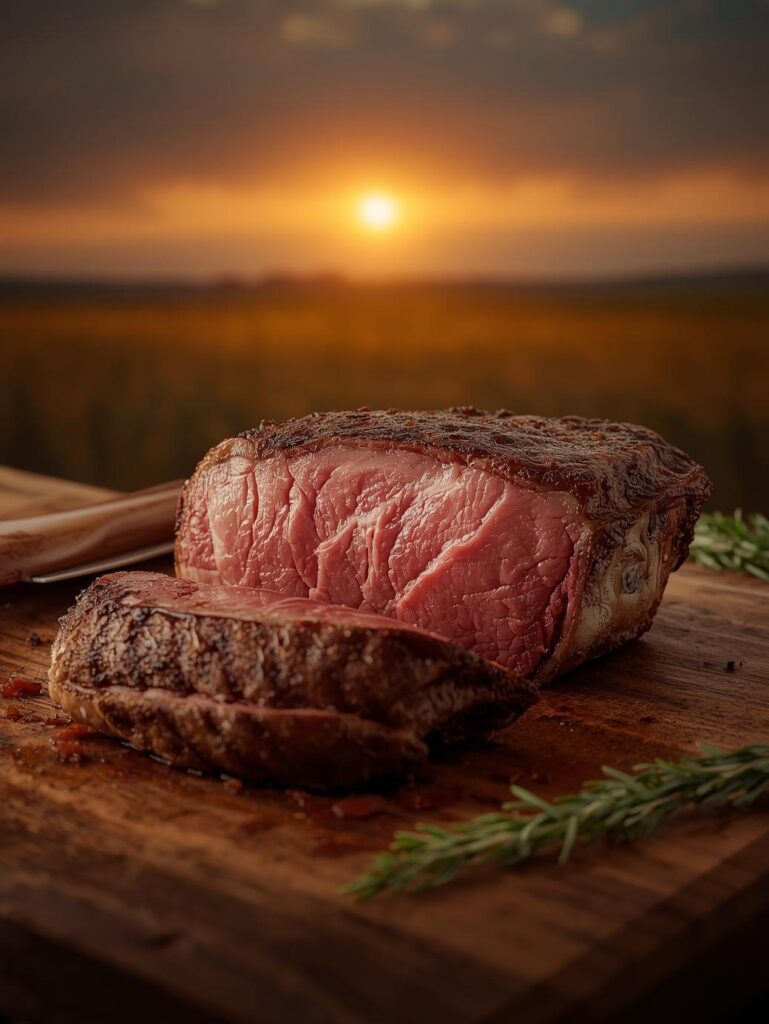

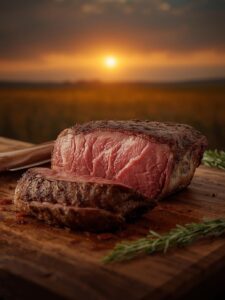
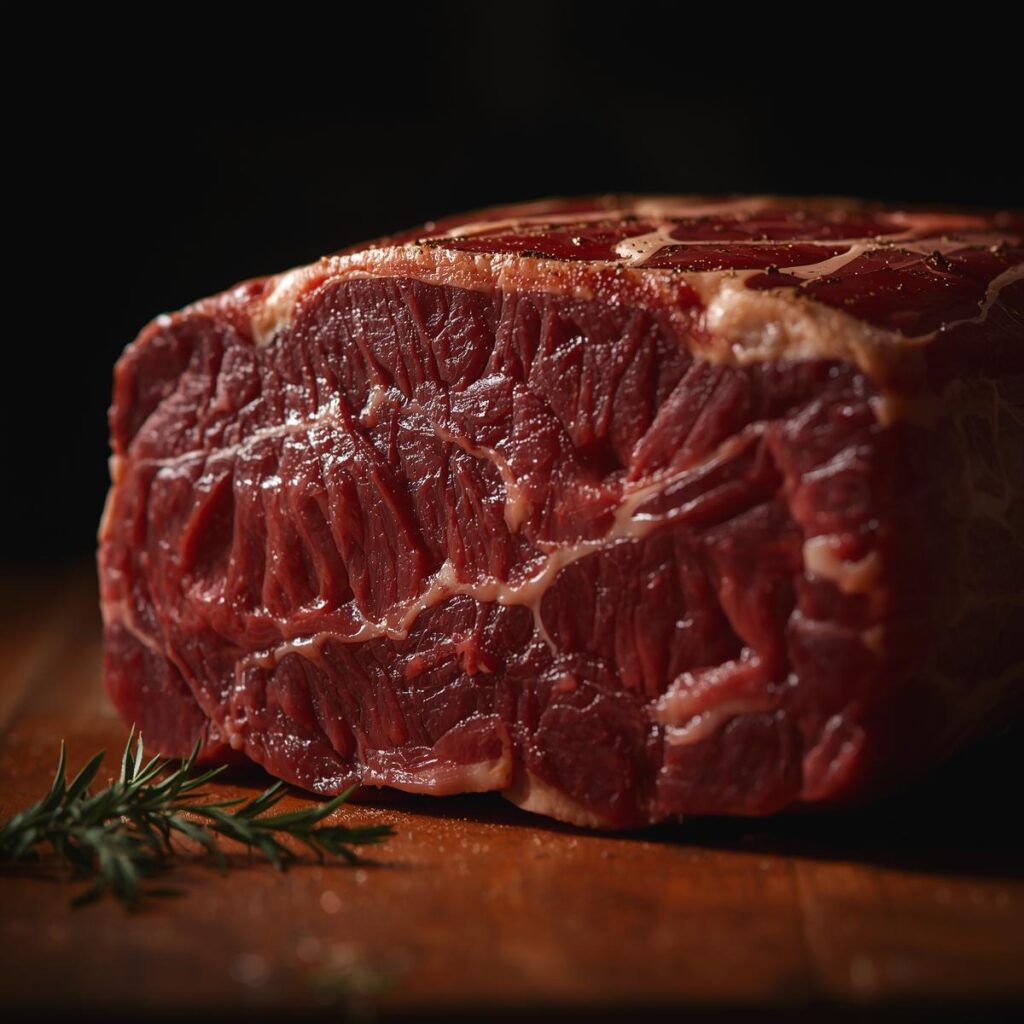
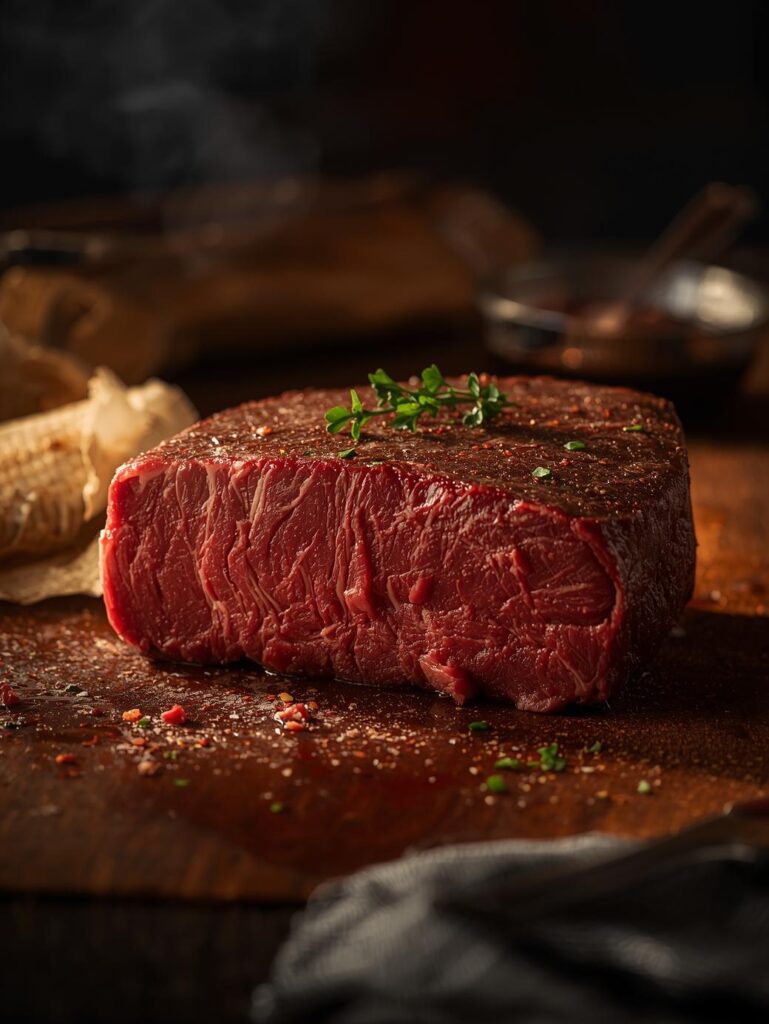
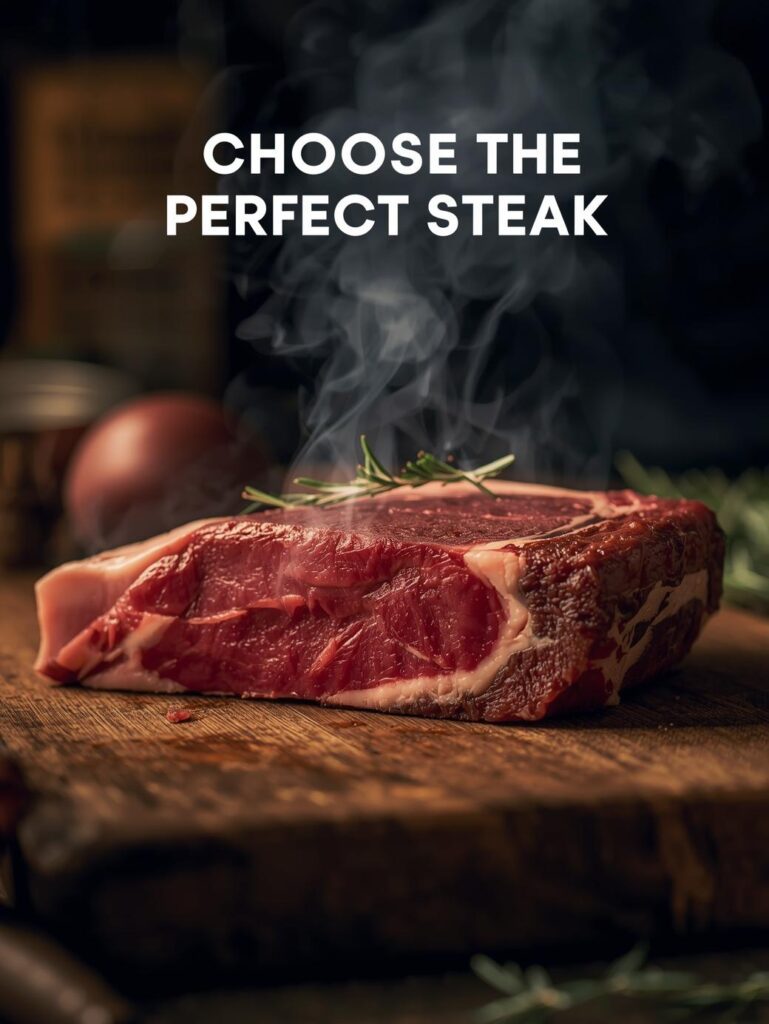
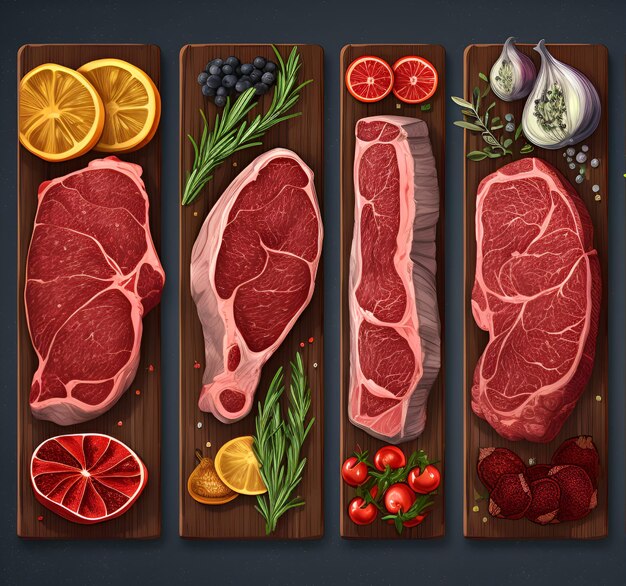
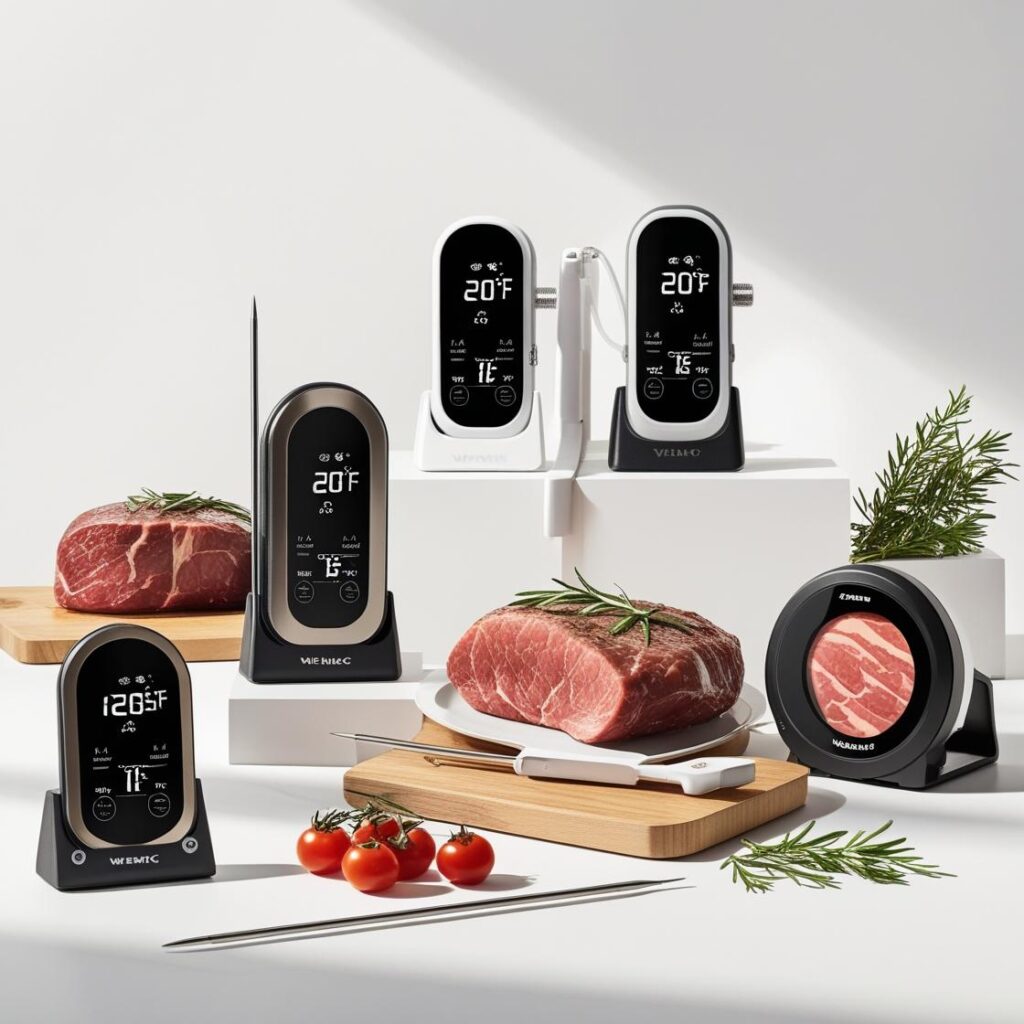
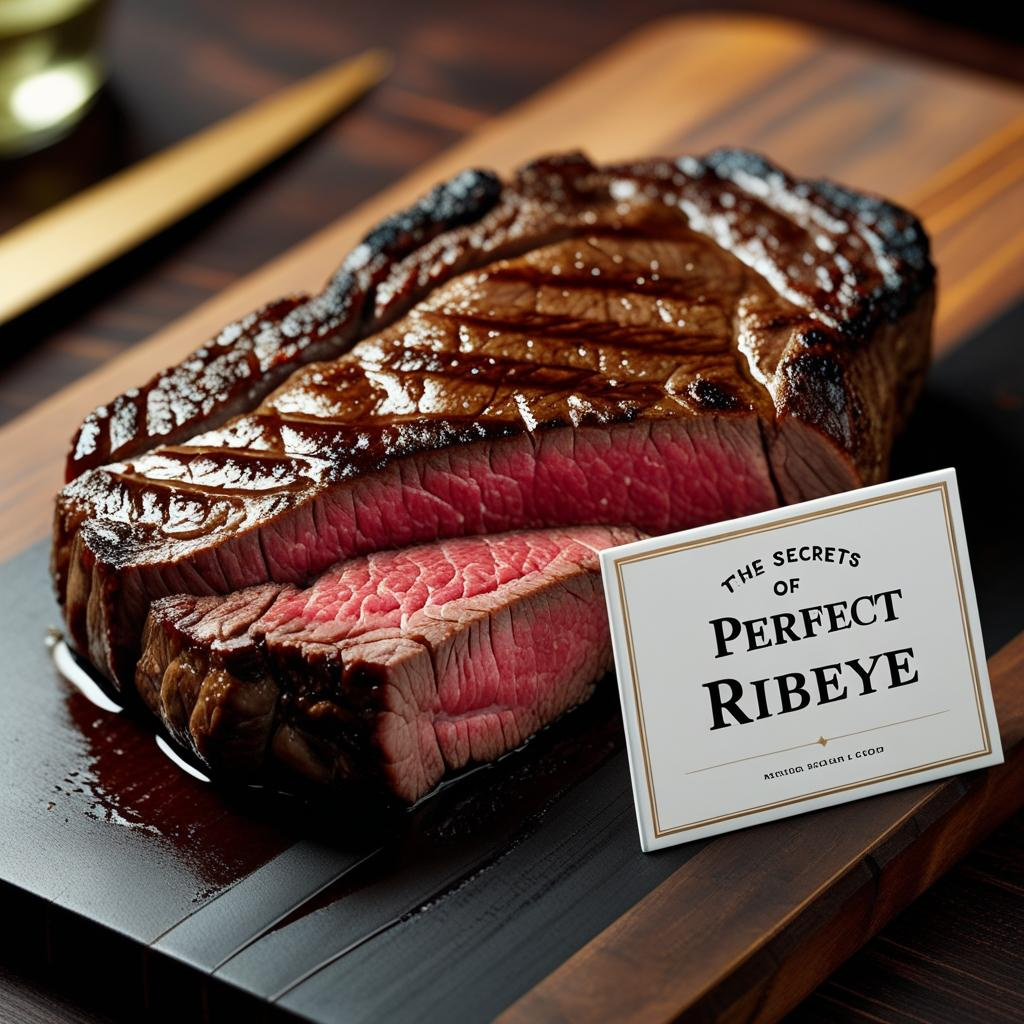
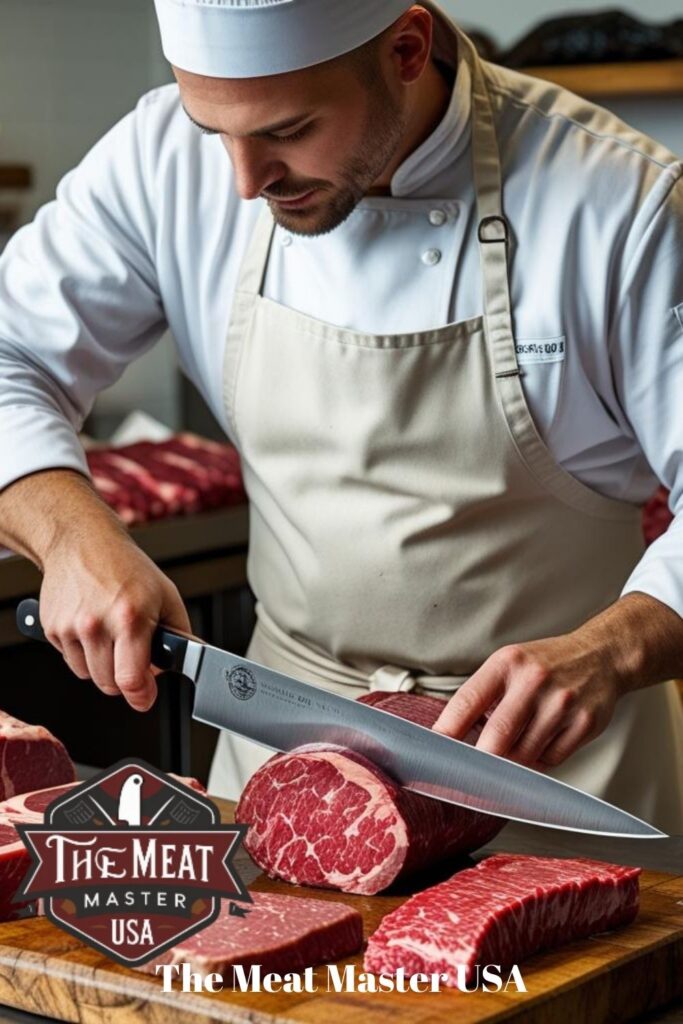
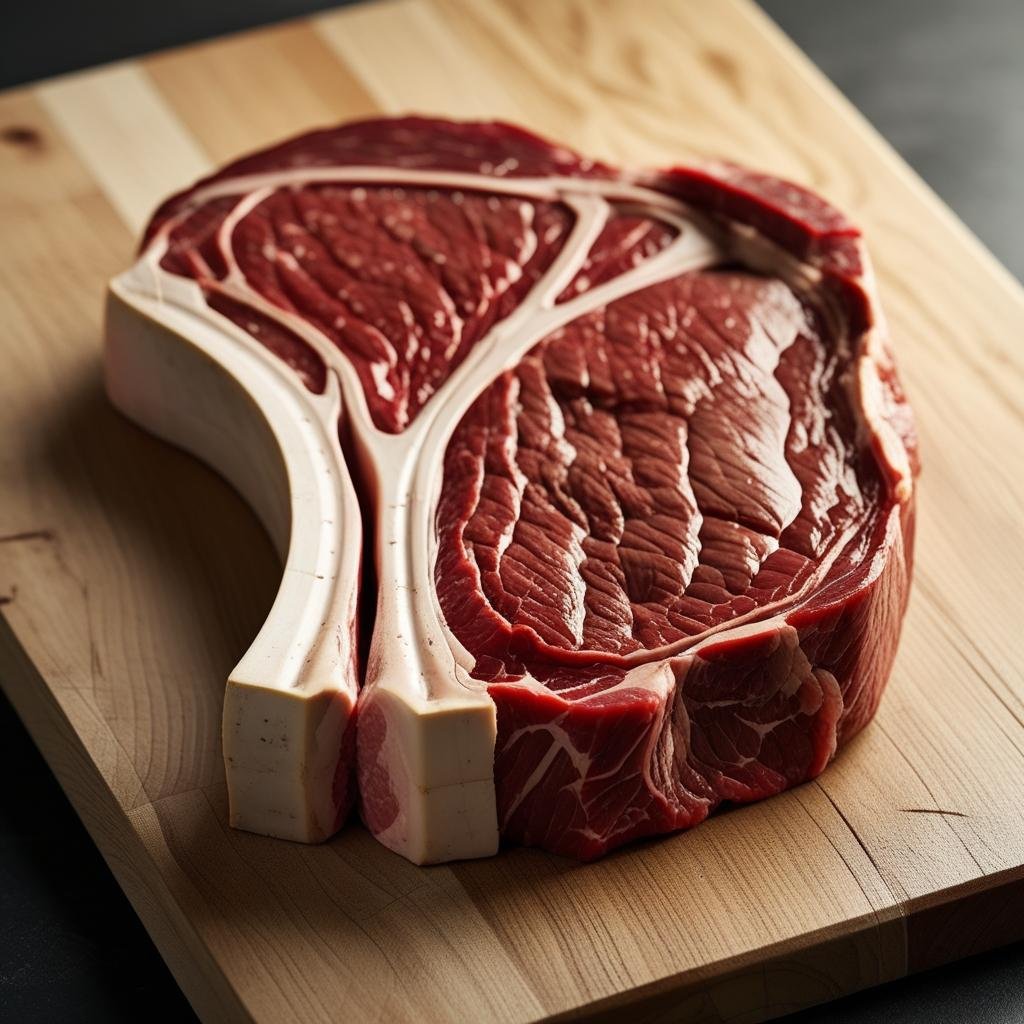
Pingback: Pork Jowl: Guanciale and Grilling Mastery - The Ultimate Guide to This Flavorful Cut
Pingback: Beef Cheeks: The Most Flavorful Cut You're Not Cooking | Butcher's Secret Revealed
Pingback: Italian Osso Buco: The Ultimate Guide to Milan's Braised Masterpiece